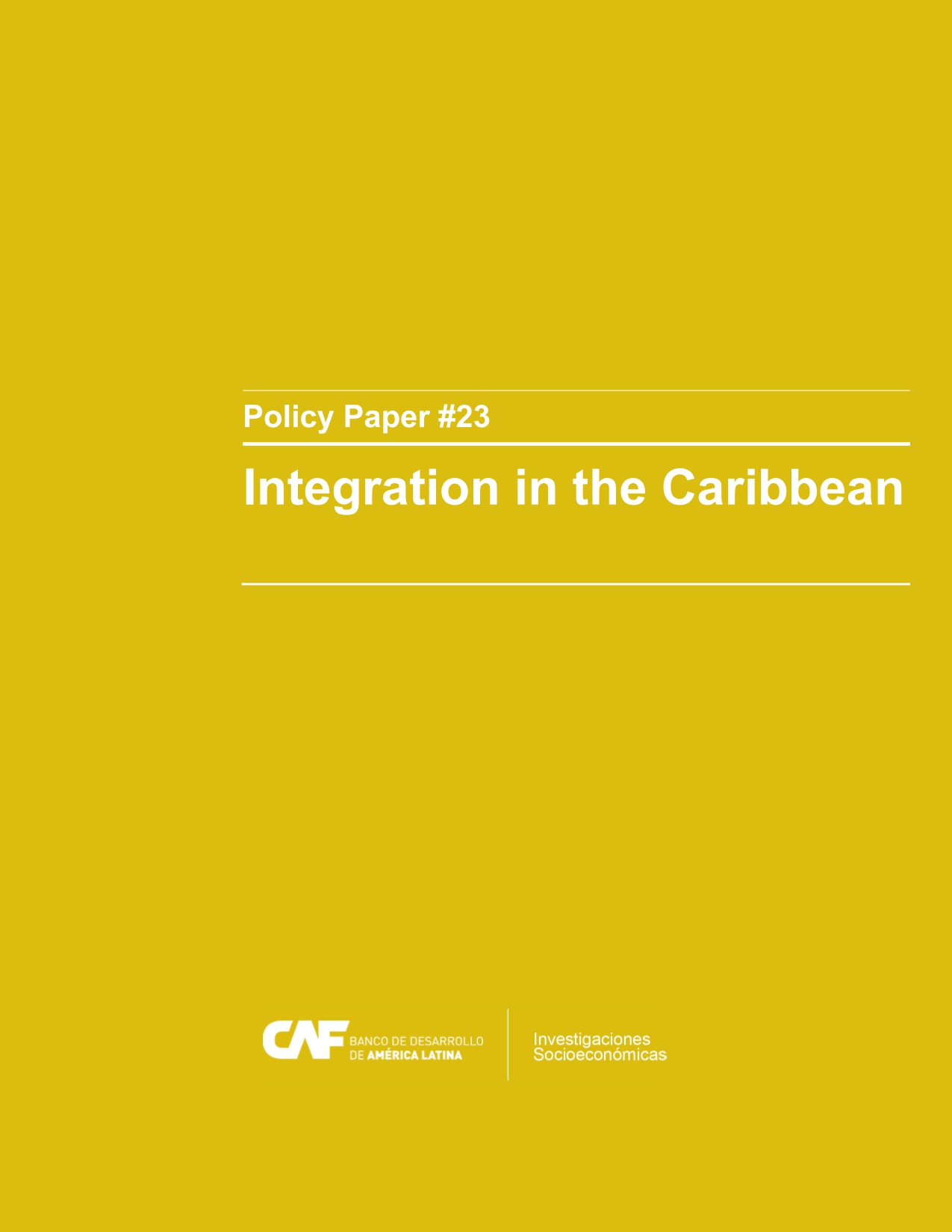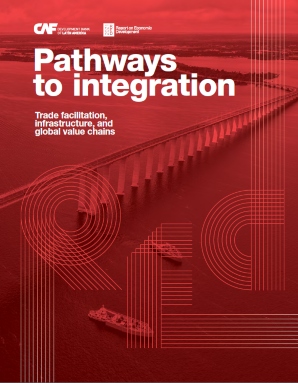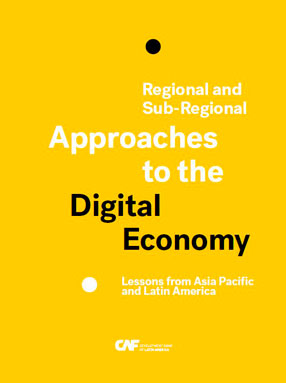Integration in the Caribbean
Resumen
Trade and economic integration improve welfare and productivity through several
channels. Trade increases market size to export and import, promotes gains from
specialization and economies of scale, and foster innovation and the spillover of
knowledge from foreign to domestic firms. International trade literature has shown that
the countries that benefit the most from trade are small countries like CARICOM
members.
In this policy note, we present several indicators of the evolution of trade indicators and
trade costs for CARICOM members. We analyze the level of tariffs, the performance
regarding trade facilitation, the participation in global value chains, and energy
integration.
As expected, trade figures for CARICOM are high compared to Latin American
countries, but there is still room to reduce tariffs with South American partners,
improve trade facilitation and deepen energy integration and participation in regional
and global value chains.
Título paralelo
Policy Paper #23
Materia
País / Región
Fecha
2023-07Citar de esta publicación
Item perteneciente a la Colección
Autor
Allub, LianSchliesser, Reinier
Items Relacionados
Pathways to integration: trade facilitation, infrastructure, and global value chains
Over the last 30 years, most Latin American countries have unilaterally and multilaterally implemented trade liberalization policies within regional and ...
RED 2018: Institutions for productivity: towards a better business environment
In the last decades, many countries in Latin America have experienced a shift in policies towards the pursuit of common objectives that can be deemed ...
Regional and Sub-Regional Approaches to the Digital Economy: Lessons from Asia Pacific and Latin America
There is broad consensus on the significance of the digital economy for countries’ economic growth and social development. This is recognised not only ...






